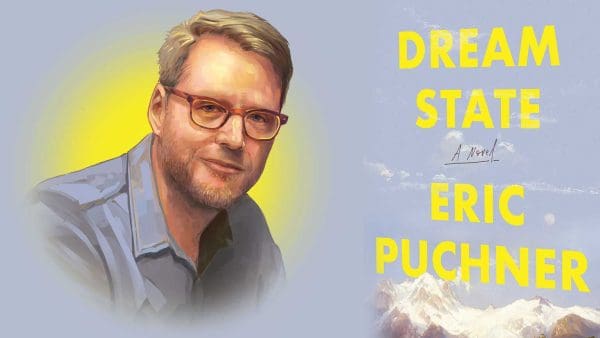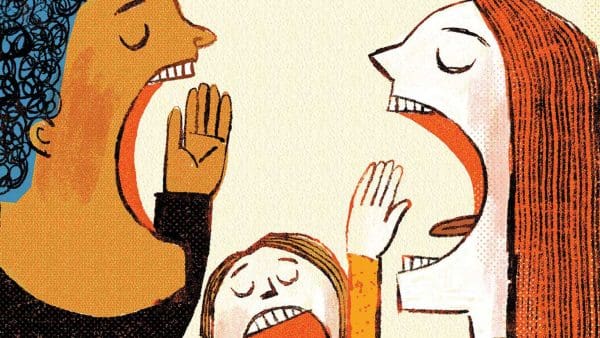Buy a loaf of sliced bread in your local supermarket and the $1.89 price tag is the same whether you are a millionaire or can barely make ends meet.
But that doesn’t mean everyone pays equally. Purchase the bread in Boston and you won’t pay more than the price tag says. But buy it in Birmingham, Ala., or in other areas of the southern United States, and you can expect to pay added local and state sales taxes on food for home consumption that are as high as 12 percent.
One could say that an extra 20 cents is a minor expense, and since everyone is charged this tax regardless of income, it’s fair. But in her new book, Taxing the Poor: Doing Damage to the Truly Disadvantaged (University of California Press, 2011), Katherine S. Newman makes the case that for people with limited resources, such regressive taxes can be devastating.
In the book, which the James B. Knapp Dean of Arts and Sciences co-authored with Rourke O’Brien, Newman argues that these policies reduce the poor’s ability to afford healthy food and safe housing and continue their education. They make an already vulnerable population more at risk for things like obesity, early mortality, high crime, and out-of-wedlock childbearing.
“The reason taxation makes such a difference is that money matters,” Newman says. “If you take money away, if you make people poorer, they have fewer resources to spend on all kinds of things that have a positive impact on such outcomes as high school dropout rates, teen pregnancy, and housing instability.”
A sociologist who has written or co-authored 10 books and has an 11th in progress, Newman has spent her academic career studying poverty and its effects. But it wasn’t until she visited Alabama in 2007 at the invitation of a group called Alabama Arise that she became aware of just how damaging local taxes—used to fund public expenditures like schools—could be to the poor. Alabama Arise’s political campaign to overturn the state and local sales tax on food in Alabama failed, but the experience sparked her interest in this mode of taxation–its history, use, and how it affects people.
She discovered that these regressive local and state taxes date to the post-Reconstruction period following the Civil War, and that although they are widespread in the South, neither their origins nor their impact has been studied. In addition to being a historical study, and a statistical analysis that allows the authors to draw a new connection between local taxes and their effects on the health and well-being of the poor, the book provides a compelling glimpse into the lives of people who are living on the edge.
This is a timely issue that is becoming national in scope. After the passage of Proposition 13 in California, the practice of regressive taxation spread throughout many of the nation’s Western states. Holding down property tax led to increases in sales taxes, and the West is beginning to see impacts on the poor that have been familiar in Alabama for more than a century, Newman says.
“What started out as a South-ern pattern isn’t just Southern anymore,” she says. “It’s a contemporary crisis, because so many states are hemorrhaging financially and looking for any source of revenue that they can find.”
For example, New York Governor Andrew Cuomo is preparing to cap property tax, and in other states where this has happened there has been an increase in regressive taxes, she says. “What everybody needs to know is that if you start digging a hole that’s deeper and deeper for poor people, it leads to outcomes that make it ever harder for them to get out of poverty,” Newman says. “There’s huge temptation to assume this is someone else’s problem, but the long-term damage of changes in tax policy spurred by the Great Recession will be everybody’s problem.”




